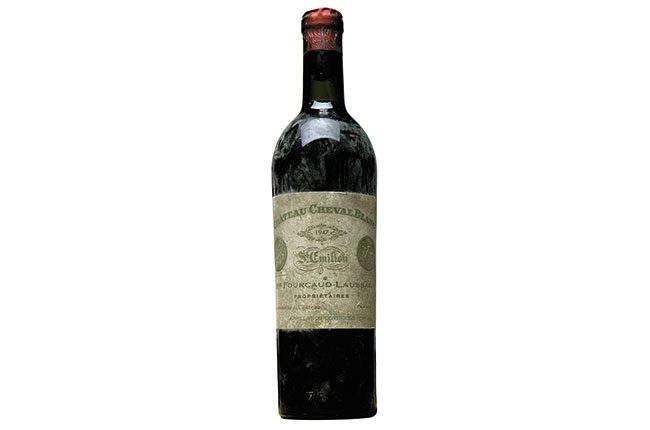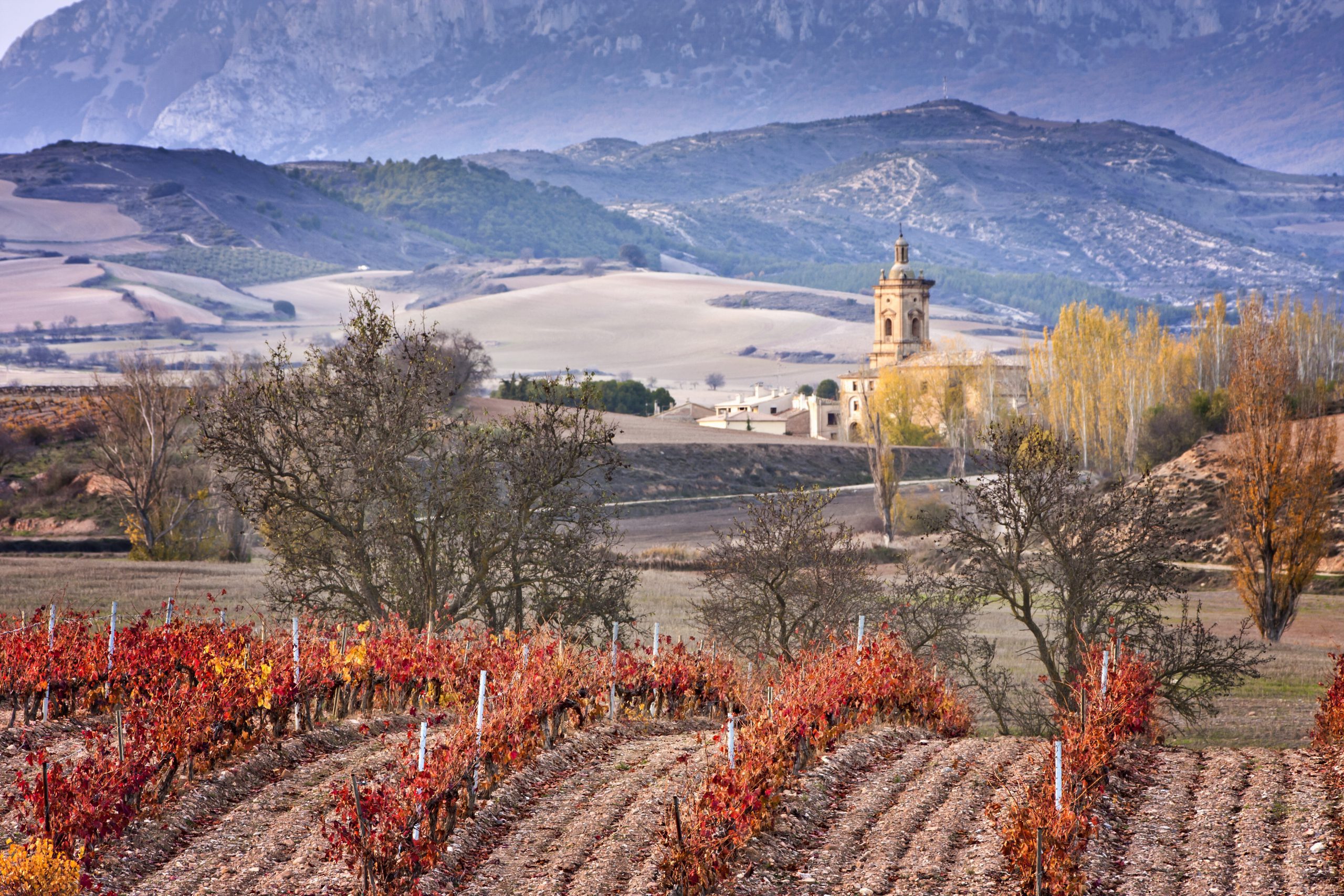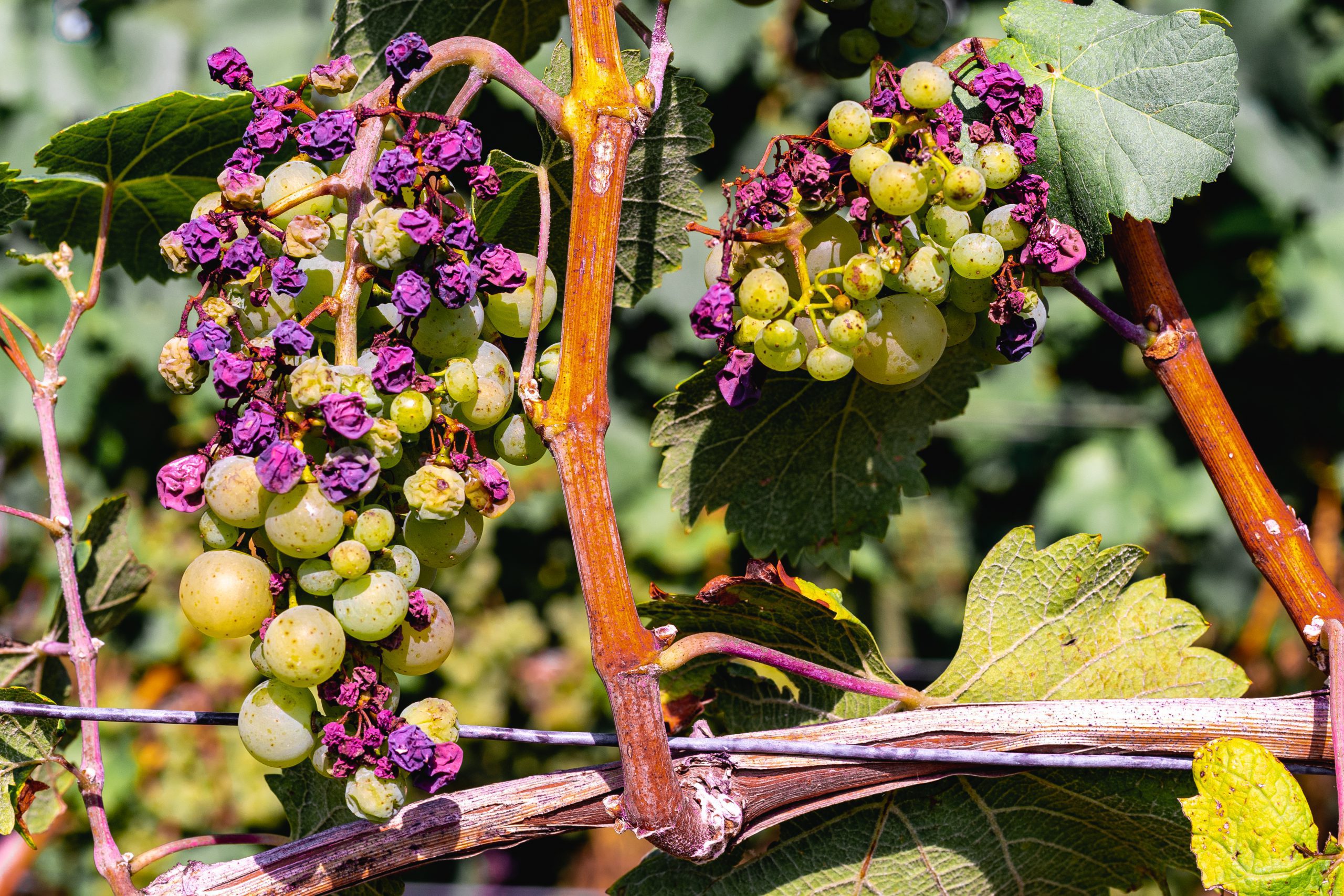Is Bordeaux Doomed to Extinction?

In November 2010, this six-liter imperial-sized bottle of Chateau Cheval Blanc, a rare French Bordeaux, set the world record for the most expensive single bottle of wine selling at Christie’s, Geneva, for $304,375.
So, to say that this wine is at risk of extinction is equal to painting over the Mona Lisa, but that is precisely what is happening; and it’s beyond a Shakespearian tragedy. The villain: Climate Change.
Southwest France’s cold winters and dry, warm summers forge Bordeaux’s distinctive properties. Beginning in 2015, the weather in the Bordeaux region began to become increasingly volatile and unpredictable.
Crop Failure
Unusually warm winters cause vine buds to prematurely open, leaving them vulnerable to frost, which can destroy them in a single night. Before climate change, the grapes would remain dormant, thus sleeping through the frost, protecting the tender buds from freezing.
“This year [2021], we had terrible frost in April, then hail in June, followed by a horrible cold summer with lots of rain that caused disease in the vineyards and rotted the grapes,”

Fruitiere Vinicole Arbois has experienced a steady decline since 2017. With an average yield of 475,000 gallons or 18,000 hectoliters of wine after a normal harvest, in 2017 its yield fell to 18,000, more than a 50% decline. In 2021 its yield fell further to a devastating 119,000 gallons.
For centuries, Stahl France has been a major winemaking region and is also experiencing the same climate challenges as Jura. In 2021 Stahl recorded its smallest harvest since 1957 and faced over $2 billion in losses.
Christine Sevillano, who inherited Piot Sevillano, her family’s ten-generation winery, said in an interview with 60 Minutes, “A normal year, I produce around 40,000 to 50,000 bottles. This year, zero. It’s the first time in the history of my winery that we will not make champagne.”
Painting Over the Mona Lisa
Bordeaux is the undisputed wine capital of the world. It enforces strict standards on the industry, which govern everything from where the grapes are grown, irrigation standards, alcohol levels, and most importantly, the six authorized grapes that make up this classic wine. The Bordeaux blend consists of Merlot, Cabernet Sauvignon, Cabernet Franc, Malbec, Petit Verdot, and Carmenère . Unfortunately, not all these grape varieties will be able to survive the warmer climate.
In January 2021, French authorities permitted four new red varieties—Arinarnoa, Castets, Marselan, and Touriga Nacional to be planted in Bordeaux. Winemakers can use up to 10% of these varieties in a blend. These varieties were selected because they ripen late, therefore escaping spring frosts, and can deal with hydric stress. This could forever change the historical structure of Bordeaux.
Some winegrowers can take advantage of higher altitude planting to escape the increased heat at lower altitudes, but few have the luxury of this respite.
Scientists have emerged dedicated to finding new, more heat-tolerant grape varietals from places like Italy and Greece that are hearty enough to survive the changing climate.
The more ambitious and equally tragic approach is to adapt to the changes, propagating heat heartier grapes. This approach unravels hundreds of years of tradition and essentially, no ABSOLUTELY, turns this classic masterpiece of wine into something entirely different, all in response to the dire consequences of climate change.
“Bordeaux has never been a good wine region because it was endowed with a suitable climate or vegetation: it is a good wine region because it tried to be.”
Ultimately French wines like Bordeaux and Merlot will go the way of the Wolly Mammoth and be replaced by a more climate tolerant version, forever, like “New Coke”! Are we OK with that? Can the Mona Lisa be replaced with a portrait of Queen B herself, Beyonce’ because of her strength and staying power? While we’re at it, let’s just throw some khakis on, David!
Climate change is reversible if acted upon before it’s too late, but everyone needs to get involved before Bordeaux is lost forever!
Article Author:

Toni Zouhar
Content Strategist

